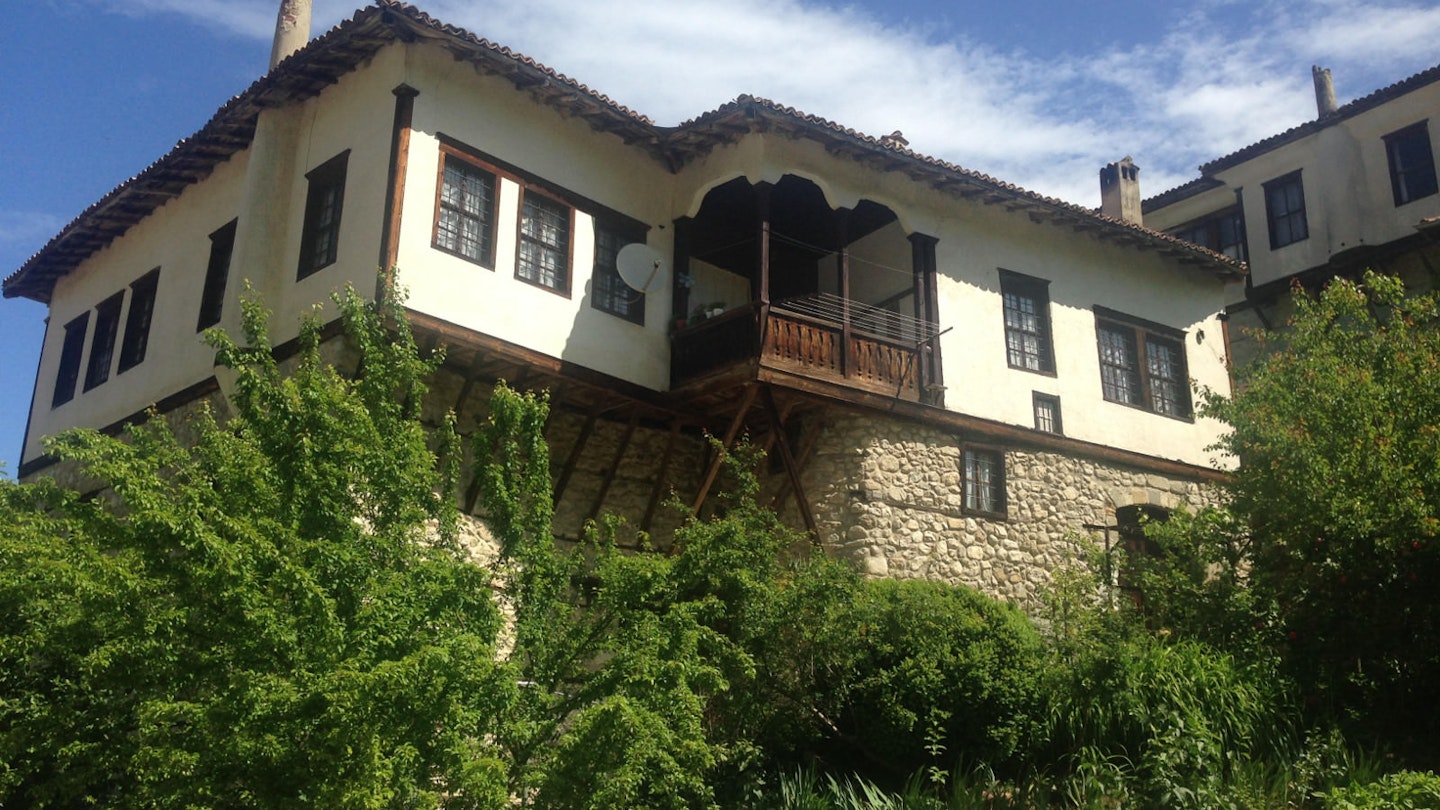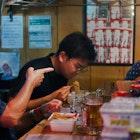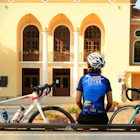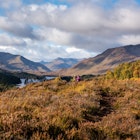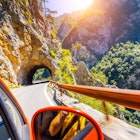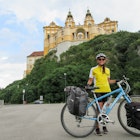For some travellers, Bulgaria brings to mind only the cheap-and-cheerful beach and ski resort boom of recent decades. They couldn’t be more wrong: the land of wine and roses unravels layers of history, epicurean tradition and unspoilt outdoors that make it a great all-round adventure travel destination. Here are our top suggestions for a vintage road trip in Bulgaria’s backcountry.
Tipple like the Thracians

Not many nations can rival Bulgaria in winemaking history stakes, as grape growing in its fertile valleys can be traced back to Thracian times. The Struma River Valley beneath the rugged Pirin Mountains – one of Bulgaria’s five official wine regions – is home to Melnik, a tiny village of grand National Revival–style houses overlooked by soaring sandstone pyramids.
Get acquainted with the region’s viticulture at Melnik’s small Museum of Wine: oenophiles in the know will want to try the signature strong red, Shiroka Melnishka Loza, once Winston Churchill’s favourite tipple. The Kordopulov House provides a fantastic insight into the life of Bulgaria’s prosperous 18th-century wine merchants. Its stained-glass windows and carved wooden ceilings, not to mention the 200m-long, labyrinthine wine cellar with massive barrels, will leave you gobsmacked.
To learn more about the terroir of the Melnik region, move some 7km south to the Villa Melnik (villamelnik.com) winery; it offers individual and group tours and tastings. Blending indigenous and international grape varieties in its AplauZ and Bergulé range, this family operation continues a century-old tradition and it’s a fine example of Bulgaria’s winemaking renaissance in the post-communist era.
Stop and smell the roses
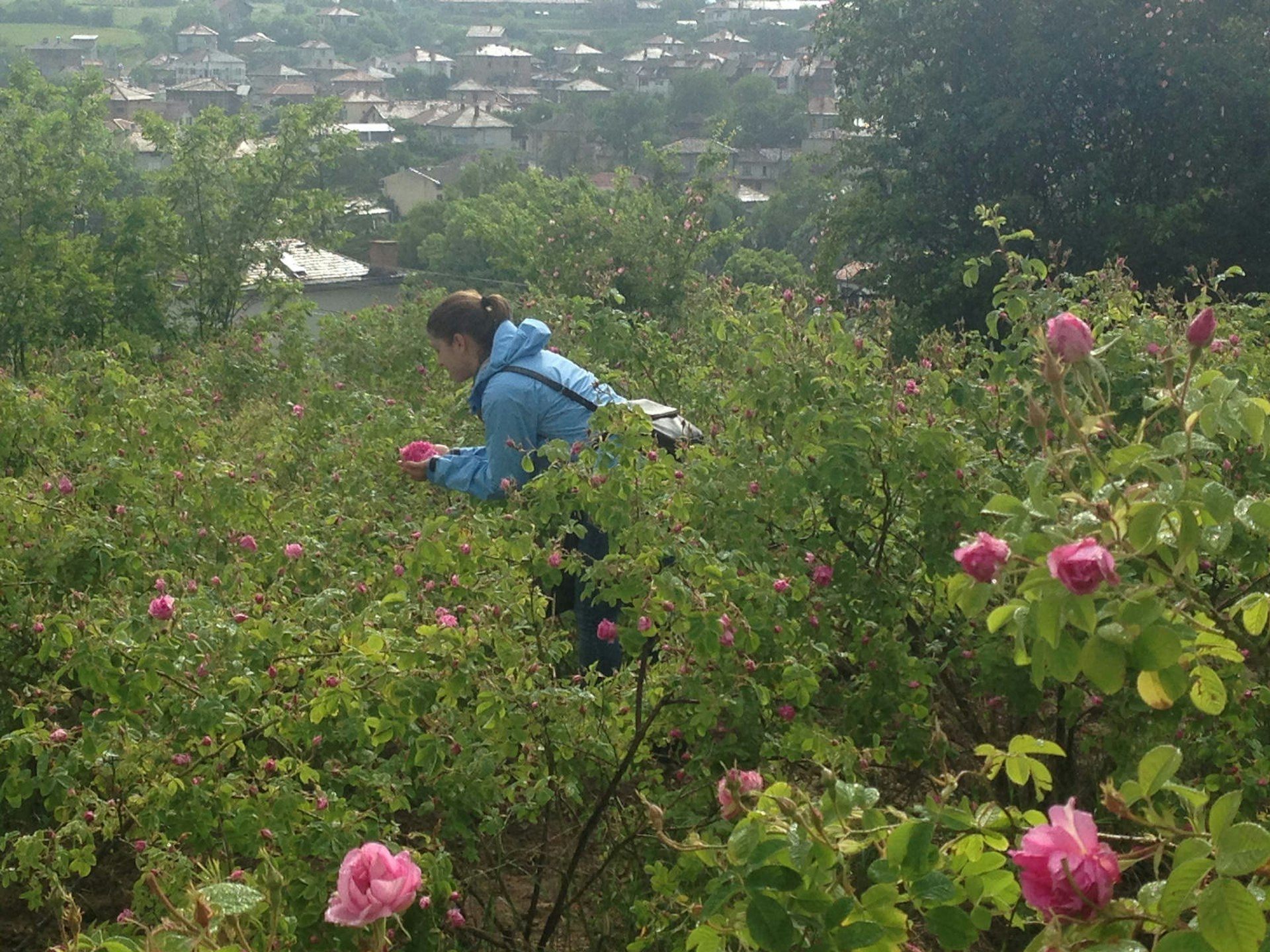
In the foothills of the Balkan Mountains, the aptly named Valley of Roses – where light-pink, strong-scented Rosa damascena and dark-pink, ‘hundred-petal’ Rosa centifolia are grown – is responsible for Bulgaria’s title of the leading rose-oil producer in the world.
The jumping-off point for exploring the valley is the town of Kazanlâk, home to the one-of-a-kind Museum of Roses (muzei-kazanlak.org). Recently expanded into a modern new building, the museum holds exhibits on the 300-year-old history of rose-oil extraction in Bulgaria; you can also sample some of the precious fragrances. Time your visit carefully: the rose harvest lasts just one month, from mid-May to mid-June when Kazanlâk throws the biggest bash of the season. The petal-themed programme of the century-old Festival of Roses features a Rose Queen contest as well as rose-jam and rose-rakiya (brandy) tasting.
The best place to learn more about rose-oil production is the Enio Bonchev Company (eniobonchev.com), Bulgaria’s oldest still fully functioning rozovarna (rose-oil distillery), dating from 1909. After taking an informative tour, pamper yourself with original souvenirs from its small family museum. For a more hands-on experience, head to Tsutsovi House (cucovata.com) in the nearby town of Kalofer. The Valley of Roses tours run by Nikolay Tsutsov, the gregarious owner of this rural guesthouse, are a lot of fun and include rose picking in the fields and rose-jam workshops.
Take a spiritual pilgrimage
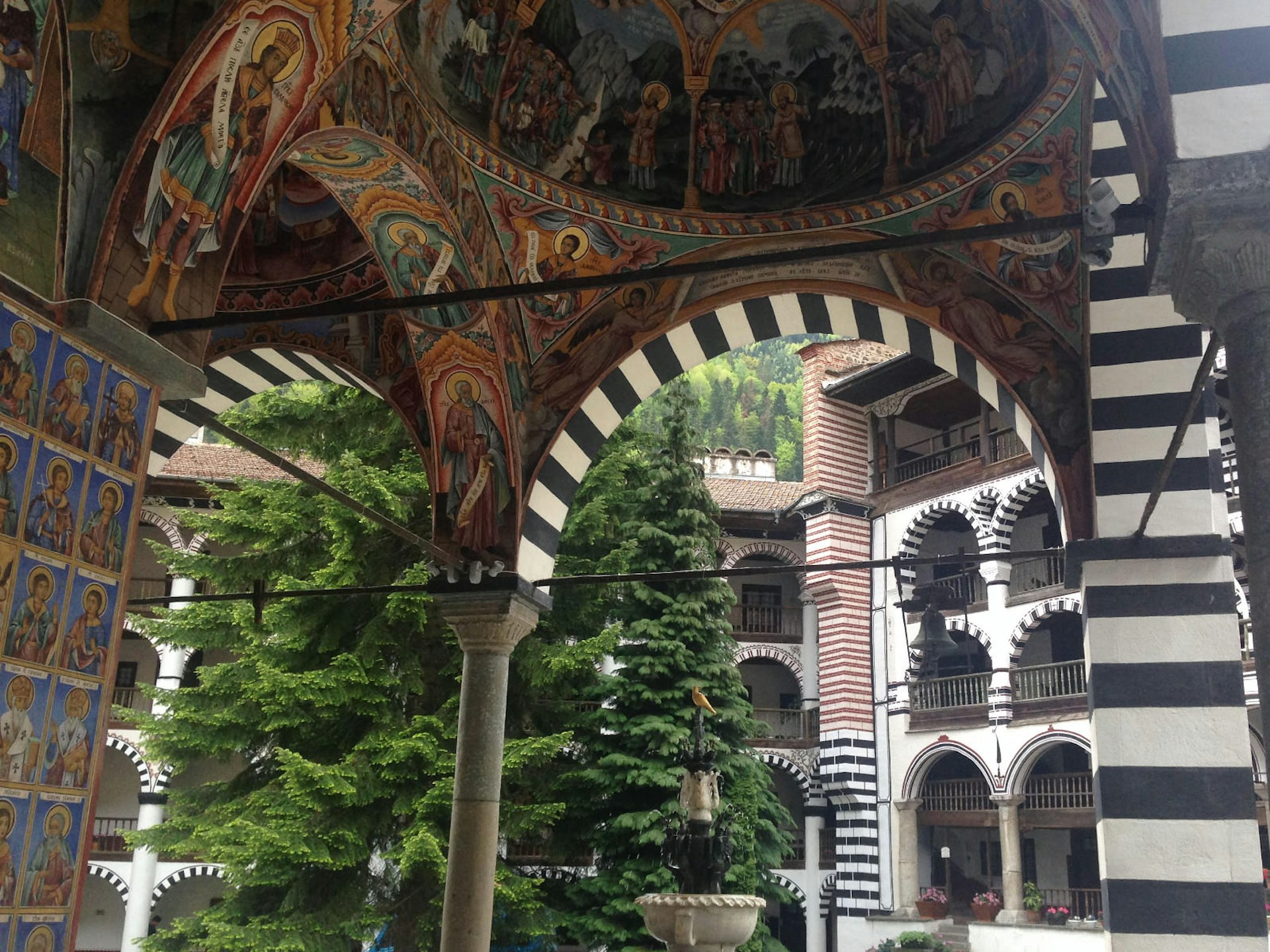
The capital Sofia has been busy rediscovering its Thracian and Roman roots in recent years, while the ancient city of Plovdiv is preparing to be the 2019 European Capital of Culture. But the ultimate historical and cultural experience in Bulgaria remains the venerated Rila Monastery – the guardian of national identity and Orthodox faith throughout the Ottoman era.
Throngs of worshippers flock to this World Heritage Site founded in the 10th century by hermit monk Ivan Rilski (today Bulgaria’s patron saint). Its multi-coloured domes, arches and four-level balconies stand in picturesque contrast to the densely forested valley and snow-capped Rila Mountains which shelter these sacred grounds. The perfectly restored frescoes – a colourful riot of angels and demons, saints and sinners – as well as the gilded iconostasis and the Rila Cross (carved in incredible detail with biblical scenes), are an excellent introduction to Orthodox religious art.
After pondering spiritual matters, take a tranquil walk through a thousand-year-old birch forest to nearby St Ivan Rilski’s cave – in popular legend, those who manage to squeeze through the hole that used to be the hermit’s abode are clean of all sins.
Ride a narrow-gauge railway

Bulgaria’s only working narrow-gauge railway line links the towns of Septemvri and Dobrinishte; many travellers hop on at Bansko ski resort or the mineral springs of Velingrad. Chugging slowly through the raw landscape of the Pirin, Rila and Rodopi Mountains, it covers 125km and passes the highest station in the Balkans (Avramovo, 1267m). The five-hour journey zig-zags across viaducts and in and out of 35 tunnels; spectacular views of valleys, gorges and an occasional mosque or horse-drawn cart offer plenty of opportunities for snapping photos.
What makes the trip special is a glimpse into the lives of Pomaks, the Slavic Muslim minority that calls the remote Rodopi Mountains home. In modern times the narrow-gauge railway has become a tourist attraction; nonetheless, it’s a lifeline for many of the isolated hamlets, having connected them to civilisation for about 90 years. You’re sure to meet the hardy locals going about their daily business; if you’re lucky, a Roma musician might provide entertainment for the ride.
Tuck into slow food

For Bulgarians, ‘slow food’ is not a fad but the traditional way of life. Sample it in the village of Gorno Draglishte below the Rila Mountains (around 15km from Bansko), where family-run, no-frills Deshka’s House (visitrazlog.com) is set on preserving local customs.
Guests are welcome to join the owner Deshka Kroteva as she works her magic by a traditional wood-burning stove; even with the language barrier you’ll have fun learning how to make the local specialty banitsa (flaky cheese pastry). Deshka’s delicacies – in particular nafpavok, or dry-cured pork meat with a special blend of spices – are the very definition of ‘farm-to-table’ cuisine: everything is made from ingredients that come directly from the family’s own backyard or from relatives and other villagers.
If you’re eager to get immersed in rural Bulgarian lifestyle, the hosts are more than happy to oblige, from unveiling the secrets of loom weaving, knitting and other crafts to entertaining you with folk tales, songs and dances. For some outdoors action, the eco-trails through surrounding mountains are a true hiking, cycling and horse-riding playground.
Stay in a misty mountain village
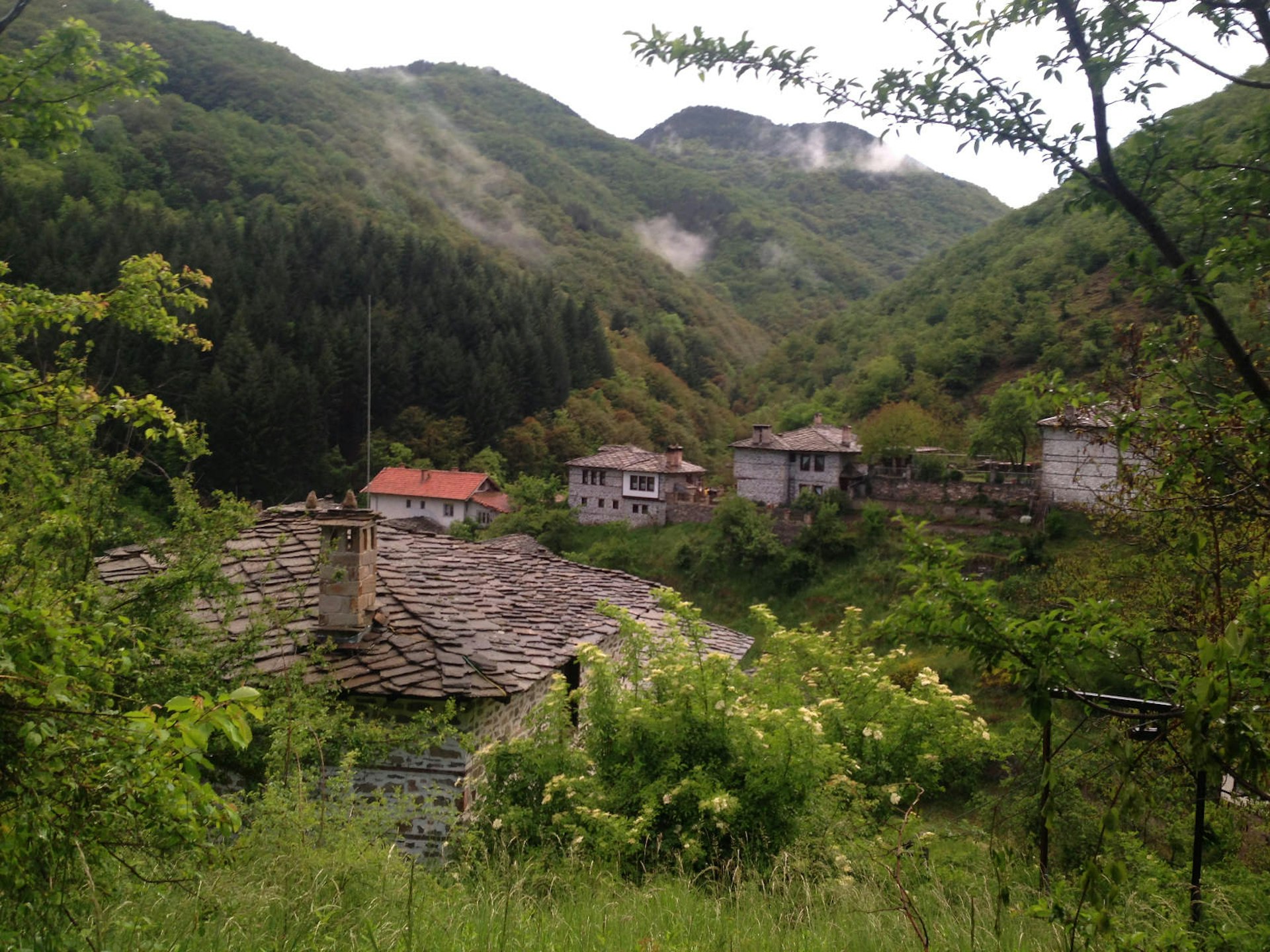
Looking to get away from it all? The village of Kosovo has only nine inhabitants – two of them are Svetlana and Hristo, the owners of Kosovo Houses (selokosovo.com). This captivating spot in the misty Rodopi Mountains (about 50km from Plovdiv) was once all but abandoned, but it got a new life with the opening of their three-house complex to travellers.
Scattered on a hilltop and accessed via steep cobblestone paths, with creeks gushing below, these 19th-century houses were built in the National Revival style typical of the region. Lovingly restored with original details like wooden ceilings, fireplaces, tiles and woven rugs, they’re perfect for kicking back in blissful solitude and breathing in the magnificent views. The complex also includes a cozy tavern (in a renovated barn) with a burning fireplace and a porch; the traditional cuisine is based on fresh, locally sourced products and you can sample from an excellent selection of Bulgarian wines.
When you’re ready to leave this magical hideaway, the Rodopi Mountains’ spas, monasteries, natural attractions and plenty of wildlife can be seen travelling on foot, horseback or by mountain bike.
Brana Vladisavljevic travelled to Bulgaria with Odysseia-In (hiking-bulgaria.com). Lonely Planet contributors do not accept freebies in exchange for positive coverage.
